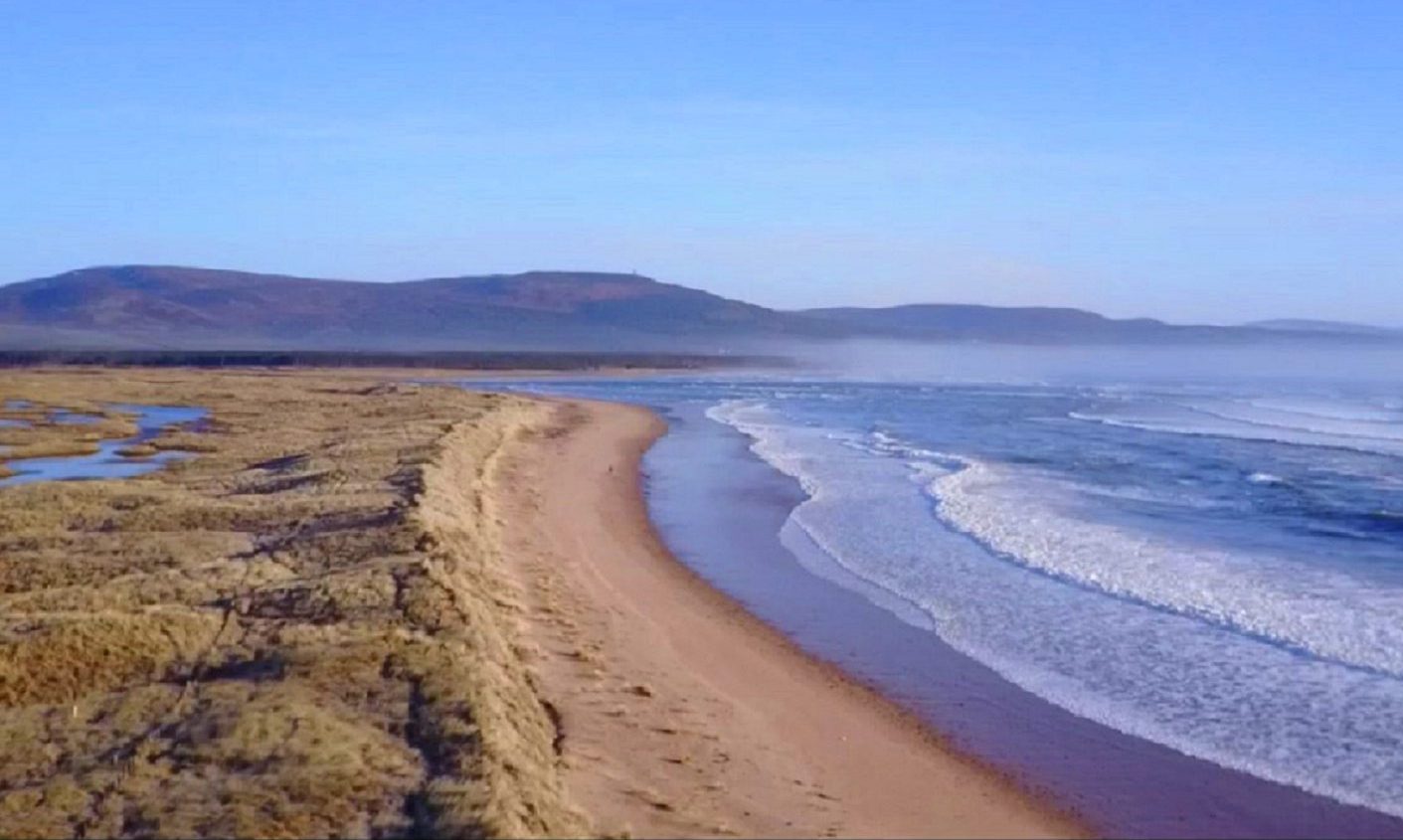With the planning application for the Coul Links championship golf course north of Embo to be considered by the North Planning Applications Committee of Highland Council on December 6, I wanted to share my thoughts on the matter, especially in view of the planning officer’s recommendation to refuse this development.
We are in an era of climate change. As a consequence, the cherished environmental features currently present on these Links will not survive unless substantial funds are thrown at the site, as is already happening on the Links at Skibo golf course.
NatureScot does not have this kind of money, and that is why I am astonished that the body has chosen to object to this development, rather than invoke its balancing duties, acknowledge climate change, and compromise and cooperate with what is proposed in order to sustain the long-term ecological integrity of the area.
There is no public money. The UK economy is in dire straits. The Scottish Government has to cope with a massive £680 million cut in Scottish public finances. Highland Council is facing a massive £61 million hole in its 2024-2025 budget, with only painful consequences.
Sutherland, as with other economically fragile areas, faces food poverty, fuel poverty, housing poverty and chronic depopulation. The latest NHS statistics show fewer than 80 live births in any year. That’s only an average of five per primary school. It’s only one birth per 25 square miles of wilderness.
We shall soon have almost as many pensioners as gainfully-employed, working-age people. Nothing against pensioners, but they can’t make up the numbers in the village football team, and they rarely breed.
Knee-jerk objections achieve nothing
We are in an era of austerity and inertia, deprivation and depopulation, age and decay. We must face up to the fact that, with no public money, we need to attract private funds.
The Coul Links project, if approved, will bring immediate investment and energy, confidence, enthusiasm, purpose, and youth, vitality and vigour, such that our young people can aspire to having careers and homes and raise families in a place that is theirs by right of birth.
Amongst the principal objectors, apart from NatureScot as statutory consultee, are environmental protection groups such as the Scottish Wildlife Trust, Buglife and Plantlife who, despite being based in the far south and rarely visiting the site, have every right to make their objections known.
They feature in a recent Guardian article, condemning the Scottish Government over the significant erosion in support for nature and conservation funding, amounting to some tens of millions of pounds over the last decade, and lobbying for much more public money to be committed to their causes. This is only to be expected – it is why they exist.
It is, thus, all the more galling that these organisations cannot recognise the part that private investment can play in meeting the costs of their ambitions, not only for the Coul site in particular, but also across the country as a whole. That, however, requires communication and compromise and the ability to sit down with investors and negotiate their part in any project, rather than submit a knee-jerk objection to every development that comes about.
There is a balance to be struck
At the end of the day, if the North Planning Applications Committee of the Highland Council approves the Coul application on December 6, the matter must then be put to Scottish Government ministers for final approval, because of the NatureScot objection.
This objection, in strict numeric terms, on a site of special scientific interest (SSSI) of 1,232 hectares (1,540 football pitches), specifies disruptive activity across an area of some 5.6 hectares (seven football pitches) as an absolute worst possible case.
This is a potential development which can support transformational economic activity and, at the same time, preserve existing ecological features of value
The applicants, from on-the-ground surveys they have done, estimate that only 1.5 hectares (1.9 football pitches), 0.12% of the overall SSSI site, will show a negative effect in terms of the ecology which is already present.
This is a potential development which can support transformational economic activity and, at the same time, preserve existing ecological features of value. There is a balance to be struck.
Jim McGillivray is an East Sutherland and Edderton ward councillor


Conversation